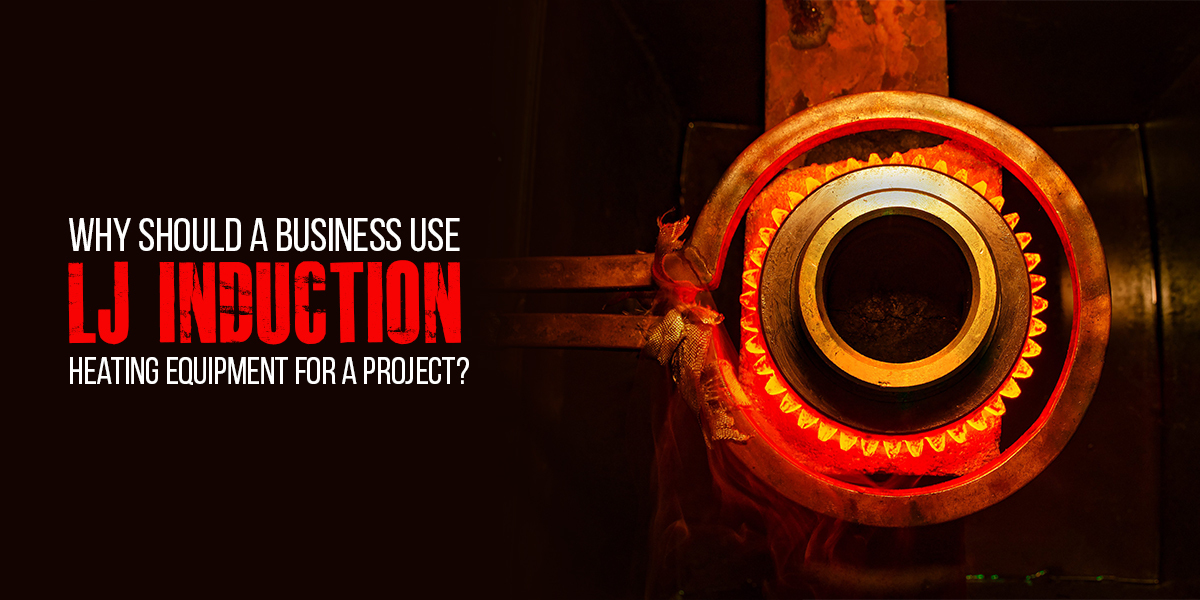LJ Induction is committed to providing its clients with the most appropriate induction heating solutions. Their objective begins with the free testing and explanation, in which they tackle the most challenging heating applications, proving which heating processes may benefit from the good systems. The heating professionals at LJ Induction are always available to assist you with metallurgical heating and process control solutions. Each workpiece is rigorously tested in our independent labs to ensure you get the best induction heating equipment. Induction heating is a safe, effective, and environmentally friendly method of heating ferrous metals, and it wastes less heat and transmits energy to the heated component. Induction heating provides several advantages, ranging from practical improvements to environmental protection. LJ Induction is committed to offering our clients the best induction heating solutions. Our mission begins with our free testing and resolution, in which we solve the most challenging heating applications, proving the heating process that can benefit from our systems.
What materials can be heated by Induction?
Induction heating is a fast and highly efficient means of heating various electrically conductive metals. Workers can use LJ Induction heating equipment to heat the following materials: Copper and copper alloys, Brass, Aluminum, Iron, Steel, stainless steel, Tungsten, Chrome, Nickel, and nickel alloys, Cobalt, Carbon fiber, Graphite, Silicium, Platinum, Silver, and Gold.
What metal is best for induction heating?
Iron and steel quickly heat up due to their higher resistivity. But aluminum and copper require more energy to heat due to their lower resistivity. Because certain steels are magnetic. Their resistivity and hysteretic characteristics are employed when heated with InductionInduction.
How does an Induction melting machine work?
The power supply of Induction melting machine is rectified by a three-phase power frequency AC power supply through a three-phase fully controlled rectifier bridge (the device uses a thyristor) to form a pulsating direct current with adjustable voltage. It outputs an intermediate voltage filtered into a smooth direct current through a reactor LD and sent to a single-phase inverter Bridge (the device uses a thyristor) from the inverter bridge. It generates an intermediate frequency single-phase alternating current dozens to hundreds of times more potent than the power frequencies to the load in the magnetic field. The induction melting furnace’s load is an LC series-parallel oscillating circuit consisting of an induction coil (with heating charge) and an intermediate frequency electric heating capacitor. The course is highly adaptable to load and operates steadily and dependably.
What are the advantages of Induction melting systems?
The features of the Induction melting system are as follows:
- It is simple to replace the furnace body with varied weights, materials, and starting techniques to satisfy diverse melting needs;
- It is ultra-small, mobile, and covers an area of only 0.6 square meters.
- It is effortless to install, debug, and use, and you may learn it as soon as you understand it.
- It can operate continuously throughout the day, and the melting is even quicker.
- Environmental protection satisfies ecological protection criteria and avoids the inconvenience of environmental inspection.
LJ Induction, the best induction heating equipment manufacturers in China, will assist you in identifying and investigating the benefits of using a conventional or custom induction heating solution in your current production flow. The team will help you around the clock to guarantee seamless and productive operations, regardless of your location.

